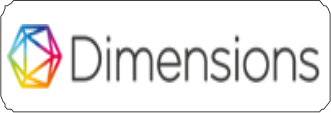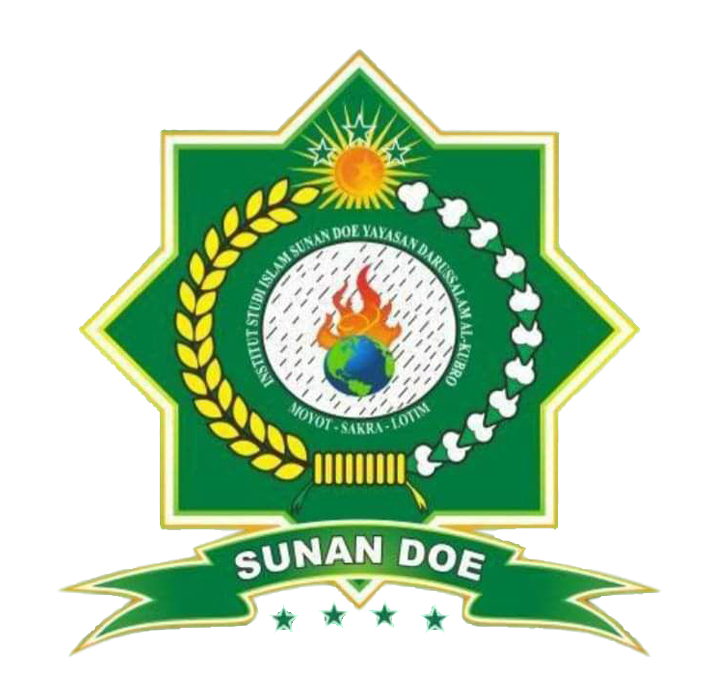Antibacterial Activity Test of Ethanol Extract of Bitter Gourd Leaves (Momordica Charantia L) Against Acne-Causing Bacteria (Staphylococcus Epidermidis)
Keywords:
Antibacterial, Bitter Melon Leaves, Staphylococcus EpidermidisAbstract
Bitter melon leaves contain flavonoids, saponins, tannins and terpenoids, which have antibacterial potential. The aim of this research was to determine the antibacterial activity of an ethanol extract of bitter melon leaves. This antibacterial activity test was carried out using the disc diffusion method. The concentrations of bitter melon leaf ethanol extract used were 50%, 60%, and 70%. Clindamycin was used as a positive control and distilled water as a negative control. The data was obtained by using the one-way Anova statistical test. The test for antibacterial activity showed that the inhibitory zone was 9.07 mm wide at a 50% extract concentration, 10.72 mm wide at a 60% concentration, and 12.08 mm wide at a 70% concentration. The Sig value indicated that there was a significant difference between the positive control with extract concentrations of 50%, 60%, and 70%. 0.005. The ethanol extract of bitter melon has an inhibitory effect on the growth of Staphylococcus epidermidis bacteria.
References
Azizah, Z., & Wati, SW (2018). Phytochemical screening and determination of total flavonoid content of ethanol extract of bitter melon leaves (Momordica charantia L.). Higea Pharmaceutical Journal, 10(2), 163-172.
Harborne, J., 1987. Phytochemical Methods: A Guide to Modern Ways of Analyzing Plants. Bandung: ITB publisher
Hariadi, P., Azim, M., Yuliana, TP, & Febriani, Y. (2022). Gel Formulation of Renggak Fruit Peel Extract (Amomum Dealbatum Roxb) as an Anti-Acne Preparation. Medical Science: Pharmaceutical Scientific Journal, 7(1), 107-112.
Harith, SS, Mazlun, MH, Mydin, MM, Nawi, L., & Saat, R. (2018). Studies on phytochemical constituents and antimicrobial properties of Citrullus lanatus peels. Malaysian Journal of Analytical Sciences, 22(1), 151-156.
Lestari, RT, Gifanda, LZ, Kurniasari, EL, Harwiningrum, RP, Kelana, API, Fauziyah, K. & Priyandani, Y. (2021). Student Behavior Regarding How to Treat Acne. Journal of Community Pharmacy, 8(1), 15-19.
Leviyanti, M., & Sukamawati, S. (2021). Antibacterial Activity Test of Dragon Fruit Stem Extract (Hylocereus polyrhizus (FAC Weber) Britton & Rose) Against Staphylococcus aureus. Herbapharm: Journal of Herbs and Pharmacology, 3(1), 42-47.
Riferty, F. (2018). Antibacterial Activity Test of Bitter Gourd Seed Extracts and Fractions (Momordica Charantia L.) Against Propionibacterium Acnes Bacteria. Farmasyifa Pharmaceutical Scientific Journal, 1(2), 119-125.
Reusser, F. 1975. "Effect of lincomycin and clindamycin on peptide chain initiation". Antimicrob Agents Chemother. Vol. 7(1): pp. 32-37.
Sapitri, A., Nazara, PJ, & Asfianti, V. (2020). Test of the Effectiveness of Ethanol Extract of Jatropha Curcas (Jatropha curcas L.) Leaves Against Staphylococcus Epidermidis and Propionibacterium Acnes Bacteria in Vitro. Herbal Medicine Journal, 3(2), 10-18.
Sari, ZAA, & Febriawan, R. (2021). Differences in the Antibacterial Activity Test Results of the Well Diffusion and Kirby Bauer Methods on Bacterial Growth. Hutama Medika Journal, 2(04).
Seftiana, Rinda. 2017. Comparison of the antibacterial activity of water and methanol fractions of Srikaya (Annona Squamosa L.) leaves fermented with lactic acid (Lactobacillus bulgaricus) against Staphylococcus aureus. Thesis. Faculty of Pharmacy, Bhakty Wiyata Institute of Health Sciences, Kediri.
Soleh, Achmad Zanbar. 2005. Theoretical and Applicative Approaches to Statistical Science. Bandung: Science Engineering
Yani, ISY, Muthmainah, N., & Yasmina, A. (2020). Comparison of the Antibacterial Activity of Tanjung Leaf and Guava Leaf Extracts against Staphylococcus Aureus in Vitro. Homeostasis, 3(2), 277-2
Downloads
Published
Issue
Section
License
Copyright (c) 2023 Silviyah, Swandono, Prodyanatasari

This work is licensed under a Creative Commons Attribution-ShareAlike 4.0 International License.
Cigarskruie: Journal of Educational and Islamic Research by Saniya Institute is licensed under Creative Commons Attribution ShareAlike 4.0
It means that:
- Adapted Material means material subject to Copyright and Similar Rights that is derived from or based upon the Licensed Material and in which the Licensed Material is translated, altered, arranged, transformed, or otherwise modified in a manner requiring permission under the Copyright and Similar Rights held by the Licensor. For purposes of this Public License, where the Licensed Material is a musical work, performance, or sound recording, Adapted Material is always produced where the Licensed Material is synched in timed relation with a moving image.
- Adapter's License means the license You apply to Your Copyright and Similar Rights in Your contributions to Adapted Material in accordance with the terms and conditions of this Public License.
- BY-SA Compatible License means a license listed at creativecommons.org/compatiblelicenses , approved by Creative Commons as essentially the equivalent of this Public License.
- Copyright and Similar Rights means copyright and/or similar rights closely related to copyright including, without limitation, performance, broadcast, sound recording, and Sui Generis Database Rights, without regard to how the rights are labeled or categorized. For purposes of this Public License, the rights specified in Section 2(b)(1)-(2) are not Copyright and Similar Rights.
- Effective Technological Measures means those measures that, in the absence of proper authority, may not be circumvented under laws fulfilling obligations under Article 11 of the WIPO Copyright Treaty adopted on December 20, 1996, and/or similar international agreements.
- Exceptions and Limitations means fair use, fair dealing, and/or any other exception or limitation to Copyright and Similar Rights that applies to Your use of the Licensed Material.
- License Elements means the license attributes listed in the name of a Creative Commons Public License. The License Elements of this Public License are Attribution and ShareAlike.
- Licensed Material means the artistic or literary work, database, or other material to which the Licensor applied this Public License.
- Licensed Rights means the rights granted to You subject to the terms and conditions of this Public License, which are limited to all Copyright and Similar Rights that apply to Your use of the Licensed Material and that the Licensor has authority to license.
- Licensor means the individual(s) or entity(ies) granting rights under this Public License.
- Sui Generis Database Rights means rights other than copyright resulting from Directive 96/9/EC of the European Parliament and of the Council of 11 March 1996 on the legal protection of databases, as amended and/or succeeded, as well as other essentially equivalent rights anywhere in the world.
- You means the individual or entity exercising the Licensed Rights under this Public License. Your has a corresponding meaning.















